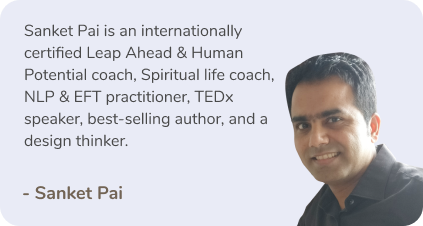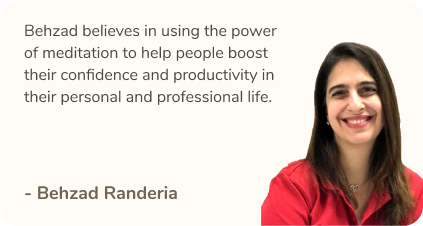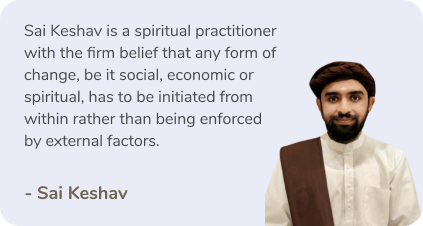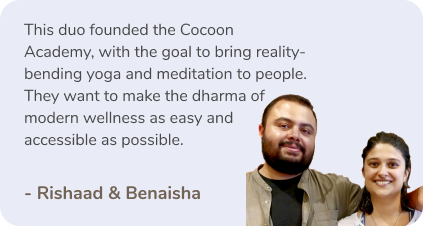The dictionary definition of decision making is: the process taking a course of action after acting upon the best information available to you. Sometimes we make logical decisions, after thinking a lot. But that’s not the case every time, there are many times when we make emotional, irrational, and confusing choices. Sometimes there isn’t a logical explanation to the decisions we make. How can we ensure that we make the best if not the perfect decisions every time?
Not all decisions matter. Most decisions, like where to grab a sandwich, are unimportant. The consequences of these decisions don’t matter. Yet some decisions are critical — they change our lives. Whether its who to trust, where to live, or whom to marry, these decisions reverberate for years. Most of us don’t have the right skills to think through these problems. As a result, we often fall back to the pro-con list, where you list all the positive things that happen on one side and the negative things on the other, trading them off.
How We Make Decisions
When was the last time you thought about how you make decisions?
For a long time, researchers and economists believed that humans made logical, well-considered decisions. In recent decades, however, they have uncovered a wide range of mental errors that derail our decision making skills.
Most of us have never been explicitly taught how to make effective decisions. Real knowledge of the art of decision making, which remains true across time and circumstances, can help increase the odds that we get what we want and reduce costly mistakes. (please simplify)

How to Use Mental Models for Smart Decision Making
The smartest way to improve your decision making skills is to learn mental models. A mental model is a framework or theory that helps to explain why the world works the way it does. Each mental model is a concept that helps us make sense of the world and offers a way of looking at the problems of life.
Here are three mental models that you can use.
Margin of Safety
Always leave room for the unexpected. Growing up you would have heard your parents say, we better leave half-hour early, just in case we face some unexpected situation on the way. This thought pattern forms the basis of this mental model.
There are many ways to implement a margin of safety in everyday life. The core idea is to protect yourself from unforeseen problems and challenges by building a buffer between what you expect to happen and what could happen. Time management is key tool used in this model.
Inversion Thinking
Think exactly the opposite of what you want. This type of inverse logic can be extended to many areas of life.
Inversion can be particularly useful in the workplace. Leaders can ask themselves, “What would someone do each day if they were a terrible manager?” Good leaders would likely avoid those things.
You can learn just as much from identifying what doesn’t work, as you can from spotting what does. What are the mistakes, errors, and flubs that you want to avoid? Inversion is not about finding good advice, but rather about finding anti-advice. It teaches you what to avoid.
First Principles Thinking
Reasoning from first principles, is one of the most effective strategies you can employ for breaking down complicated problems and generating original solutions. It also might be the single best approach to learn how to think for yourself. First principles thinking is the act of boiling a process down to the fundamental parts that you know are true and building up from there.
A first principle is a basic assumption that cannot be deduced any further. In theory, first principles thinking requires you to dig deeper and deeper until you are left with only the foundational truths of a situation. In practice, you don’t have to simplify every problem down to the atomic level to get the benefits of first principles thinking; you just need to go one or two levels deeper than most people.
Use these tools and techniques to make better decisions by expanding your decision-making toolbox.
Read more: 5 Yoga Asanas To Practice At Home For Healthy Hair
Like & Follow ThinkRight.me on Facebook, Instagram, Twitter, and Telegram to stay connected.






























